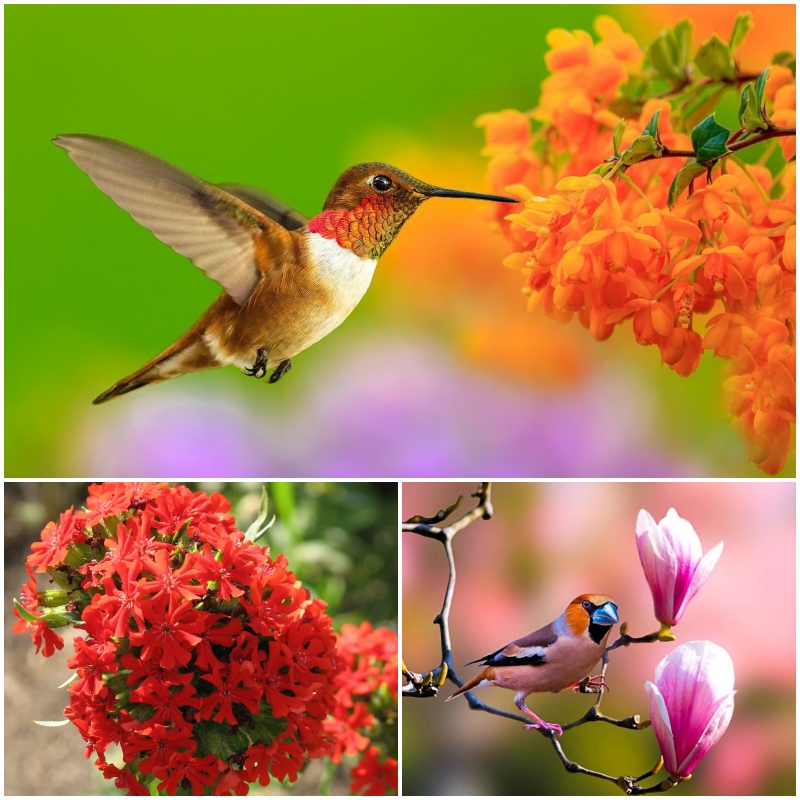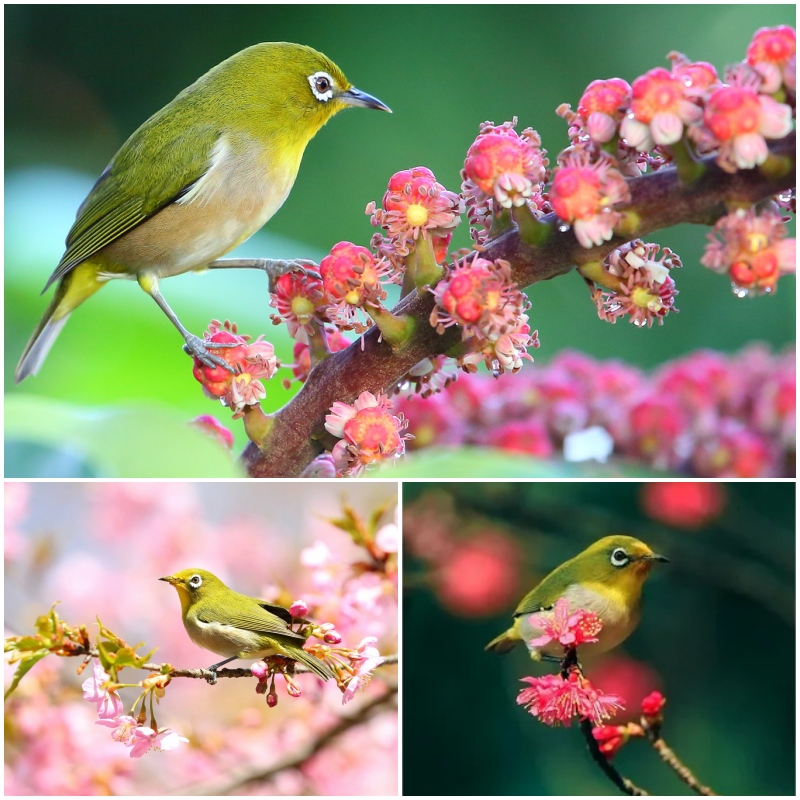Edible landscaping offers a delightful fusion of beauty and functionality, transforming traditional gardens into multifaceted havens of both aesthetic appeal and culinary delight. While vegetables and herbs often take center stage in edible landscapes, flowers can play a key supporting role, adding color, flavor, and diversity to the garden. In this guide, we’ll explore the art of incorporating flowers into edible landscaping designs, creating vibrant and bountiful outdoor spaces that are both visually stunning and deliciously rewarding.
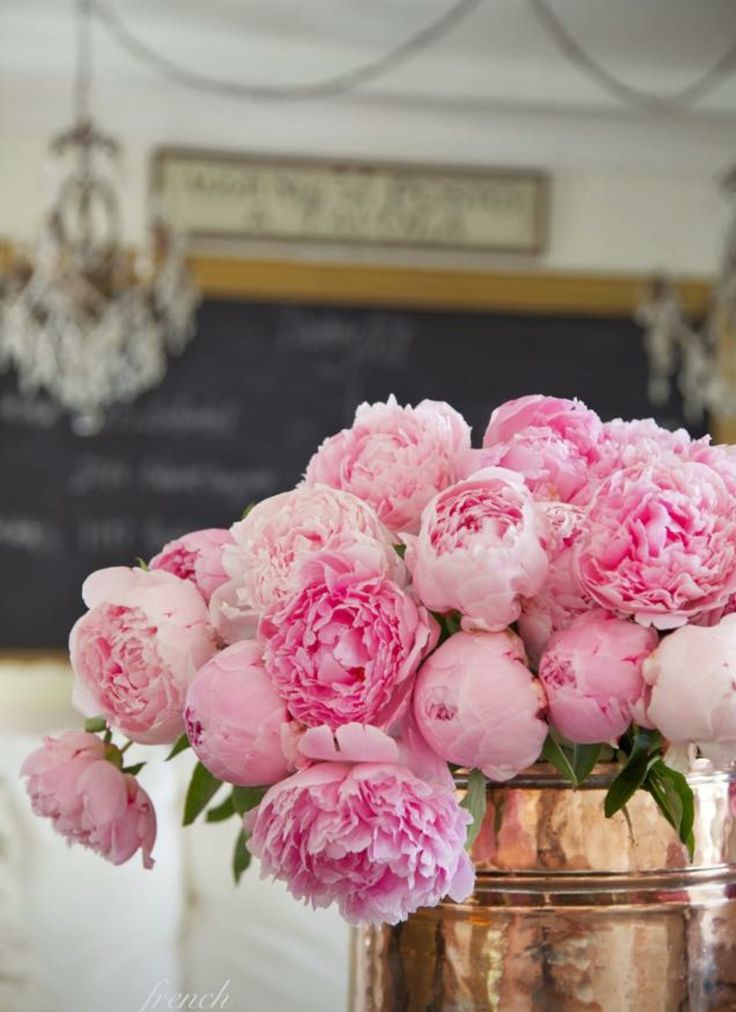

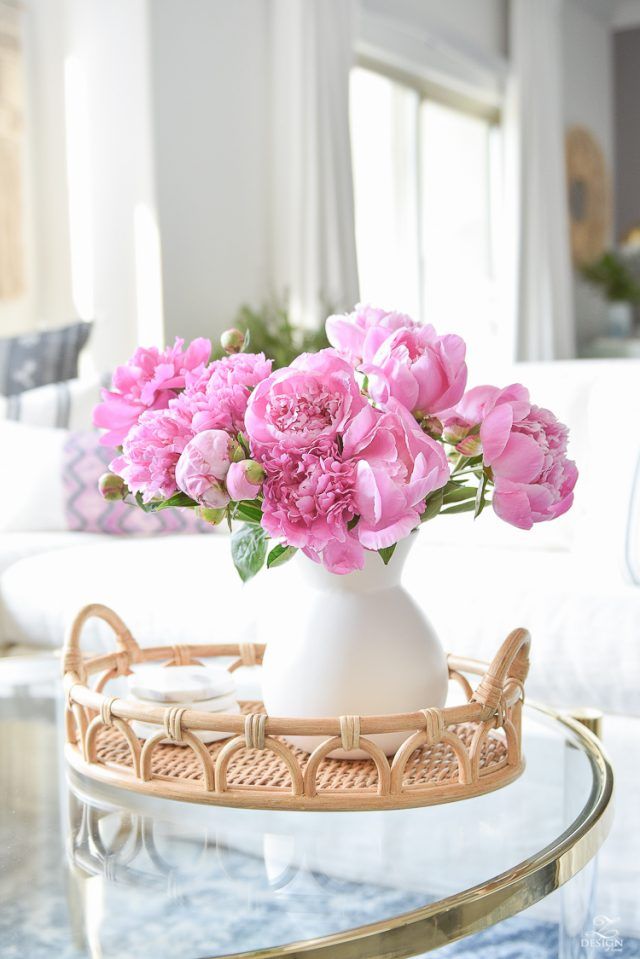
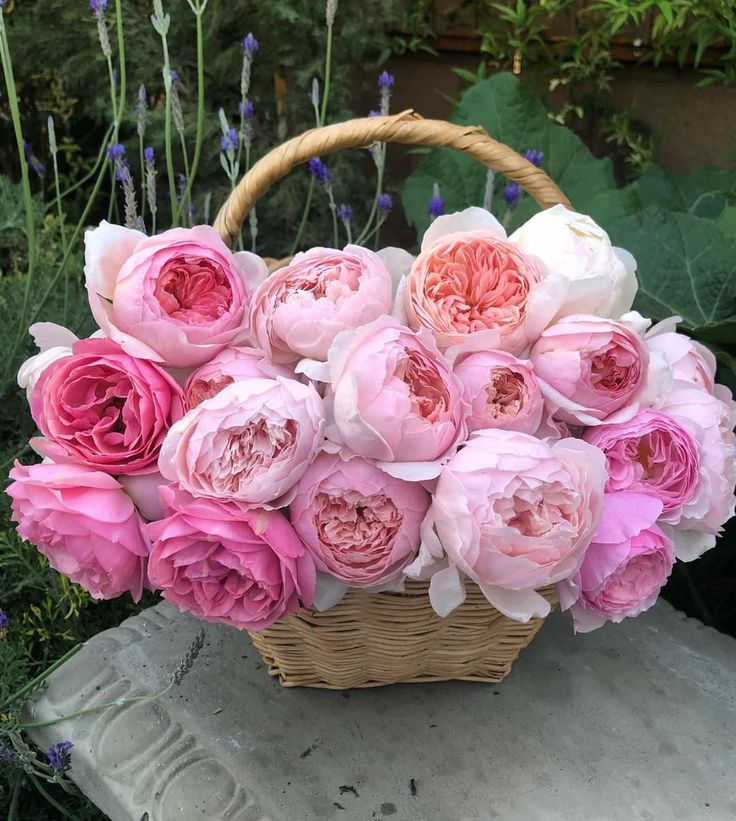
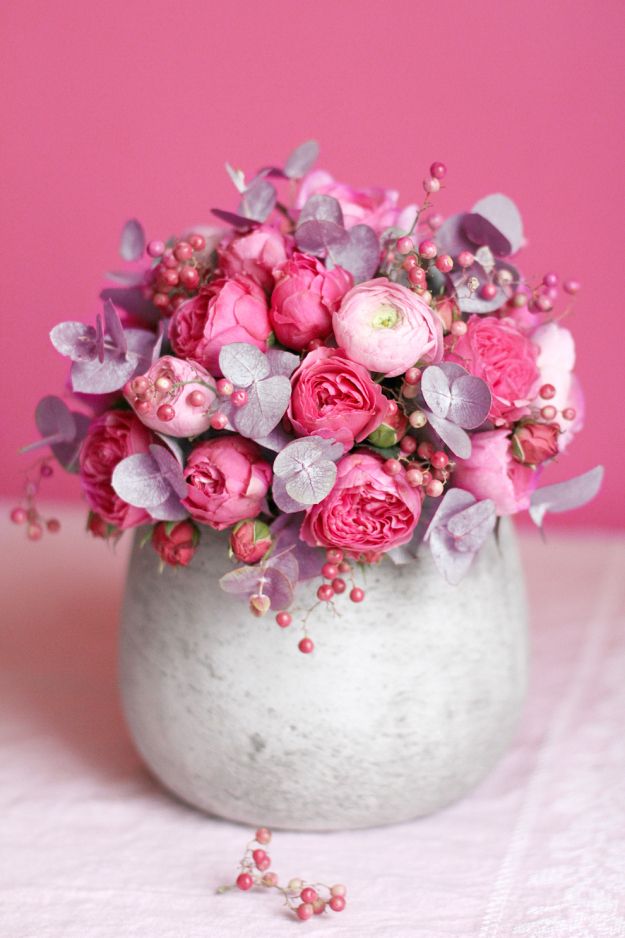
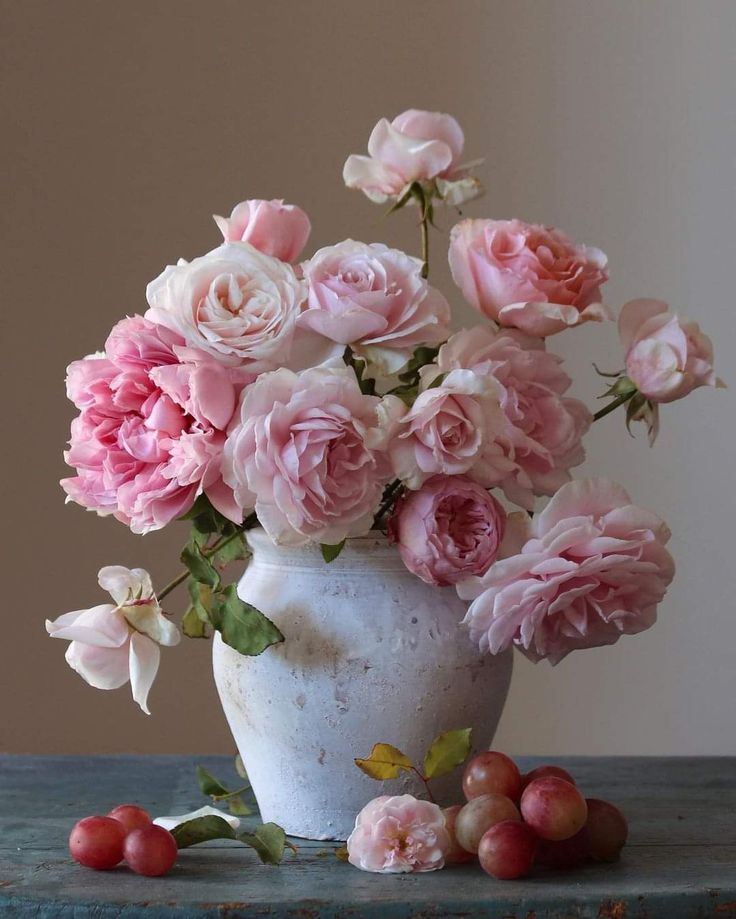
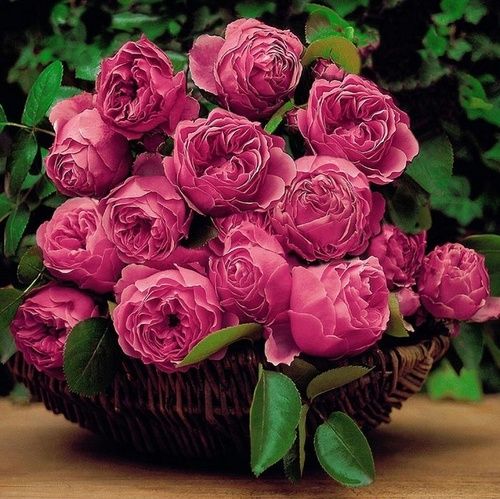
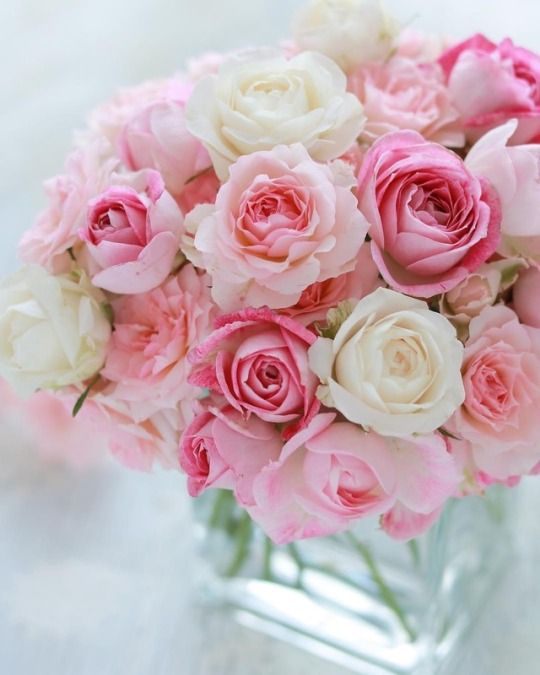

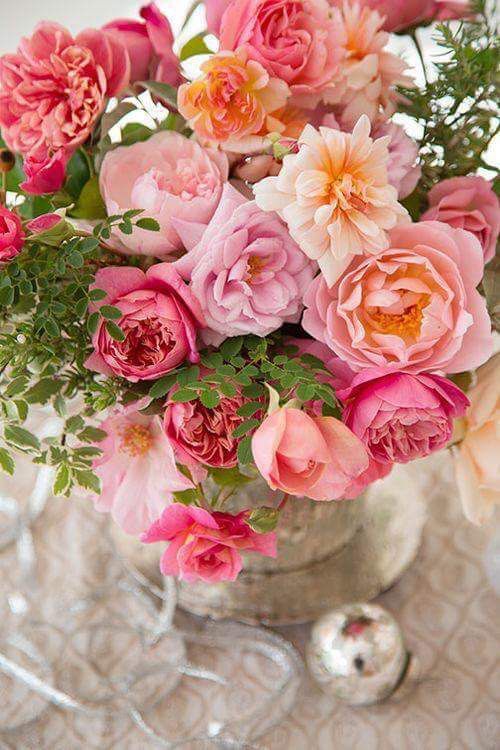
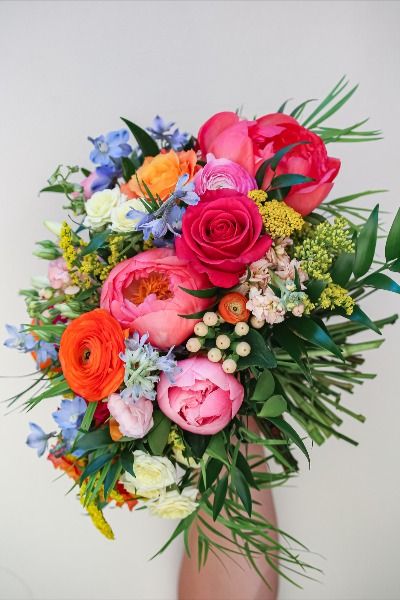
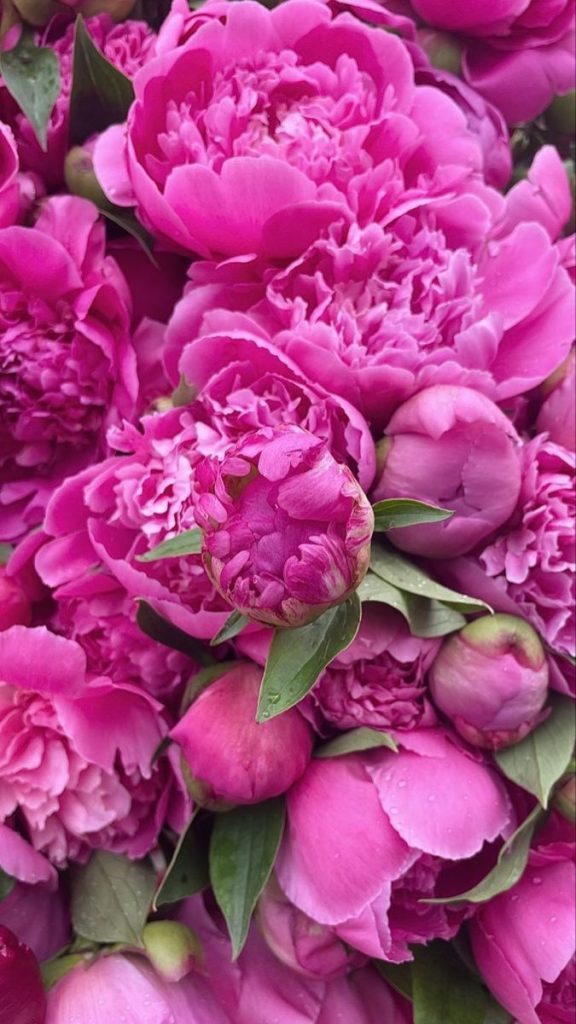
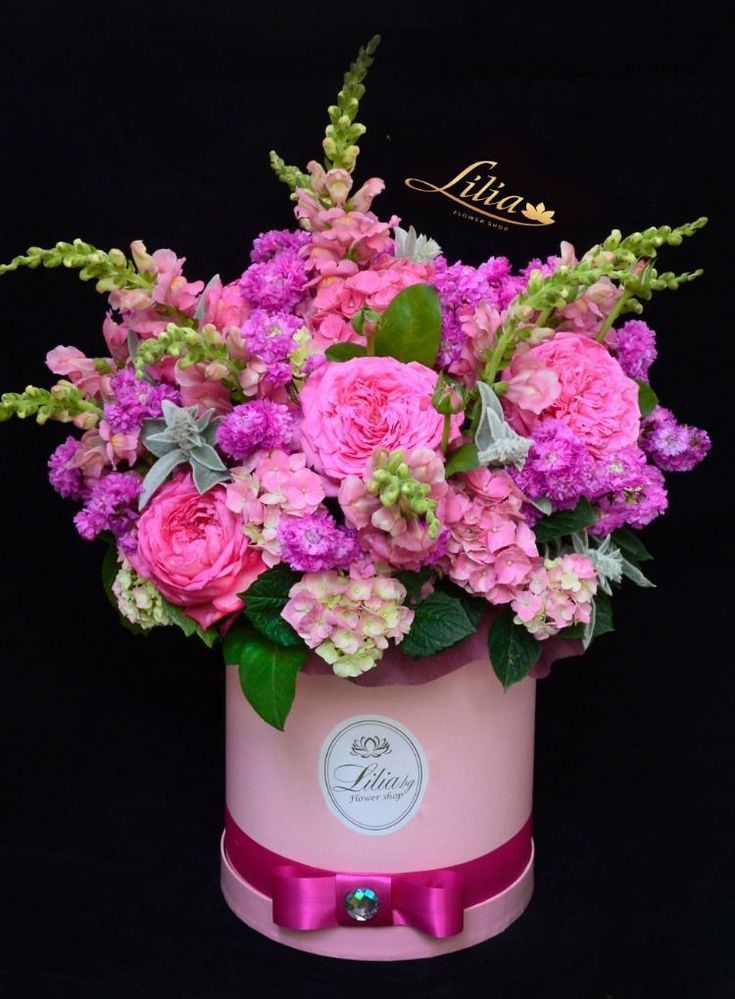
Understanding the Role of Flowers
- Aesthetic Appeal: Flowers bring vibrant colors, intriguing shapes, and delightful fragrances to the garden, enhancing its visual appeal and creating a sense of beauty and harmony. By strategically placing flowers throughout your edible landscape, you can elevate its aesthetic charm and create a welcoming and inviting outdoor environment.
- Pollination and Pest Control: Many flowering plants attract beneficial insects such as bees, butterflies, and hoverflies, which play essential roles in pollinating fruits and vegetables and controlling garden pests. By incorporating flowers that attract pollinators and beneficial insects, you can promote a healthy and thriving garden ecosystem.
Selecting Flowering Plants for Edible Landscaping
- Edible Flowers: Choose flowering plants that not only add beauty to the landscape but also offer edible blooms that can be used in culinary creations. Popular edible flowers include nasturtiums, calendula, borage, pansies, and marigolds, which add color, flavor, and texture to salads, desserts, and beverages.
- Companion Flowers: Select flowers that serve as companion plants to edible crops, providing benefits such as pest deterrence, soil improvement, and enhanced pollination. For example, planting marigolds alongside tomatoes can help repel nematodes and aphids, while attracting beneficial insects to the garden.
Designing with Flowers in Edible Landscapes
- Border Plantings: Use flowering plants to create colorful border plantings around vegetable beds, herb gardens, and fruit trees. Choose a mix of tall, medium, and low-growing flowers to create visual interest and provide a backdrop for edible plants.
- Interspersed Plantings: Interplant flowering plants among edible crops to create a diverse and visually appealing garden landscape. Scatter edible flowers throughout vegetable beds, herb gardens, and fruit orchards to add pops of color and attract pollinators.
Care and Maintenance
- Watering: Provide adequate water to flowering plants to promote healthy growth and blooming. Water deeply and consistently, especially during hot and dry periods, to ensure flowers thrive and produce abundant blooms.
- Deadheading and Pruning: Deadhead spent blooms regularly to encourage continuous flowering and prevent plants from going to seed. Prune back overgrown or leggy growth to maintain a tidy and well-groomed appearance.
Culinary Uses of Edible Flowers
- Salads and Garnishes: Add edible flowers to salads, sandwiches, and appetizers for a burst of color and flavor. Use petals as a decorative garnish for soups, desserts, and cocktails to elevate their presentation and appeal.
- Infusions and Syrups: Use edible flowers to infuse oils, vinegars, and syrups with their delicate flavors and aromas. Create floral-infused syrups for drizzling over pancakes and waffles, or add floral extracts to homemade ice creams and sorbets for a delightful twist.
Conclusion
Incorporating flowers into edible landscaping designs is a creative and rewarding way to enhance the beauty, diversity, and functionality of your garden. By selecting flowering plants that offer both visual appeal and culinary potential, you can create a vibrant and bountiful outdoor space that delights the senses and nourishes the body. Embrace the art of edible landscaping and let your garden bloom with color, fragrance, and flavor, transforming ordinary landscapes into extraordinary showcases of natural beauty and bounty. With flowers as your allies, your edible landscape will become a thriving oasis of both visual and gastronomic delight, inviting you to savor the beauty and abundance of nature with every harvest.

